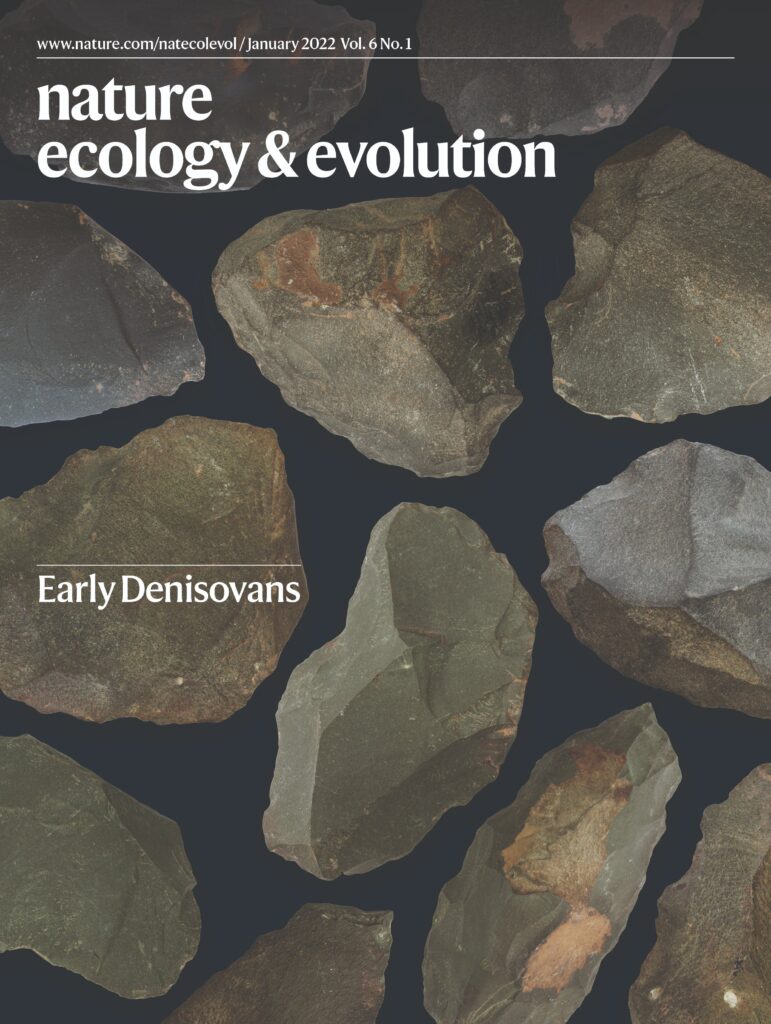Douka Lab Key Publications
Submitted and Published Papers

The Earliest Denisovans and their cultural adaptation
The Earliest Denisovans and their cultural adaptation
25 November 2021 (Brown et al. Nature Ecology and Evolution)
Since the initial identification of the Denisovans a decade ago, only a handful of their physical remains have been discovered. Here we analysed ~3,800 non-diagnostic bone fragments using collagen peptide mass fingerprinting to locate new hominin remains from Denisova Cave (Siberia, Russia). We identified five new hominin bones, four of which contained sufficient DNA for mitochondrial analysis. Three carry mitochondrial DNA of the Denisovan type and one was found to carry mtDNA of the Neanderthal type. The former come from the same archaeological layer near the base of the cave’s sequence and are the oldest securely dated evidence of Denisovans at 200 ka (thousand years ago) (205–192 ka at 68.2% or 217–187 ka at 95% probability). The stratigraphic context in which they were located contains a wealth of archaeological material in the form of lithics and faunal remains, allowing us to determine the material culture associated with these early hominins and explore their behavioural and environmental adaptations. The combination of bone collagen fingerprinting and genetic analyses has so far more-than-doubled the number of hominin bones at Denisova Cave and has expanded our understanding of Denisovan and Neanderthal interactions, as well as their archaeological signatures.